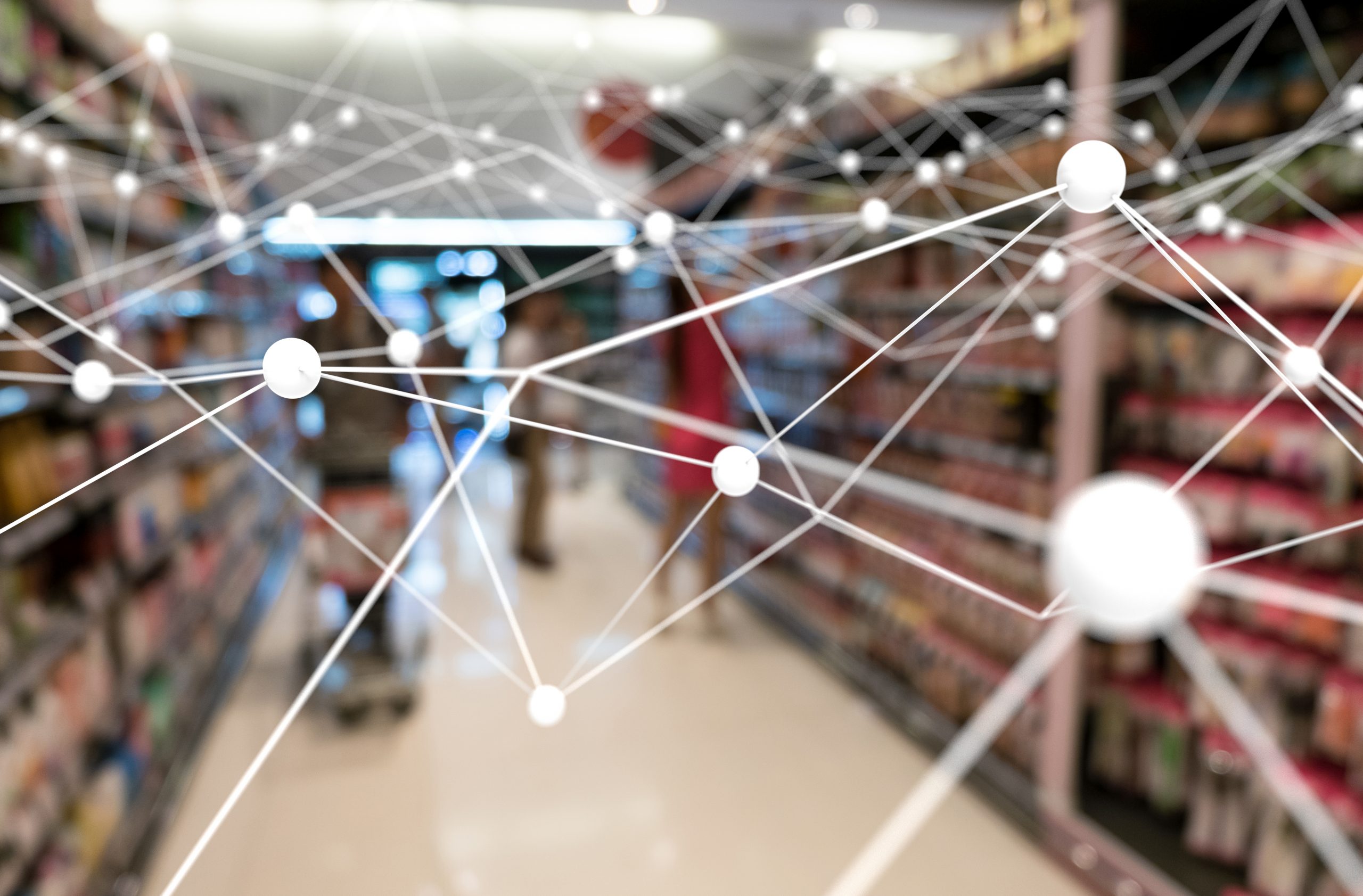
As retailers adapt how they serve customers to meet immediate and long-term challenges, they are transforming their services to do more. Business transformation requires a network foundation, digital tools, and new streams of data to be analysed. Artificial intelligence and machine learning are emerging as innovative ways to drive profitable business outcomes while driving IT process efficiency.
Below are five key areas that retailers need to pay attention to if they are to succeed in the new normal:
- Start with great Wi-Fi. Mobility is key to ensuring customers and associates devices and applications work. Customers must be able to seamlessly connect to the store network and associates must be able to use their devices to find goods and assist customers quickly. IoT-enabled store solutions like check-out point-of-sale devices, product scanners, scan-and-go apps and digital signage depend on reliable connectivity. Capacity limits make it critical to move customers in and out of stores quickly to optimise turn times.
- Get a competitive edge using IoT. IoT devices are critical to delivering a multitude of new experiences and driving new efficiencies. Mobile readers, sensors, and smart shelves can allow stores to maintain accurate inventory in retail time. Footfall sensors and location beacons provide real-time analytics for contextual and personalised offers while supporting a safe shopping experience.
- Don’t guess on application performance. Connectivity and mobility are the foundation, but the applications that customers, associates, and warehouse staff use must also perform flawlessly. IT teams have long prioritised business-critical applications so they perform at peak. Guest traffic is separated from associates’ applications, and transactions and payments are highly protected. But even with these steps to ensure optimal application performance, the user’s network experience is often hard for IT to discern until there are vocal complaints. A better way to ensure that shoppers, associates, and other staff receive a quality network experience is give IT a real-time view of the end-user experience along with clear action steps to resolve any issues before a service ticket is opened.
- Spend your time on innovation, not on network management. It is rare for every store to have an IT staff member. But it is common for IT to get bogged down into network management, rather than innovating with new digital use cases. A cloud-native, single-pane-of-glass network management solution can allow IT staff to work remotely while maintaining visibility and control over all vital network services. Cloud-managed networks enable retailers to scale back the network when the need for temporary drive-through or pop-up services pass—or scale up quickly as needed. Whether the site is a store, warehouse, or corporate headquarters, IT should be able to ensure a secure, high-performance network across all locations, including teleworker home offices.
- Extend indoor services to outside. With the popularity of curbside pickup and the need to provide touch-free experiences, many retailers need to extend their Wi-Fi outdoors without compromising connectivity to applications and devices that associates need. Associates need mobile POS systems and inventory scanning devices to assist customers, while maintaining secure connectivity to payment transactions.
Aruba’s Edge Services Platform (Aruba ESP) addresses all these imperatives of the retail industry. It is the industry’s first AI-powered platform designed to automate, unify and protect the edge for businesses of any size or type. Aruba ESP includes attributes of Unified Infrastructure, Zero‑Trust Security, AI Powered Operations (AIOps), and Flexible Consumption/Financing Models. These attributes are designed for the unique challenges facing retail, including being able to adapt quickly for unknown future use cases. Aruba’s technology solutions provide retailers tested and proven integrations to support staff communications, electronic shelf labels, shopper analytics, real-time data and inventory management, and predictive machine maintenance.










Discussion about this post